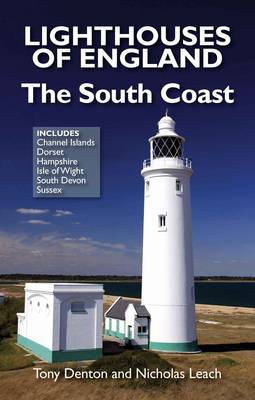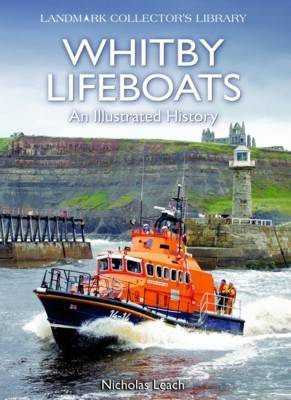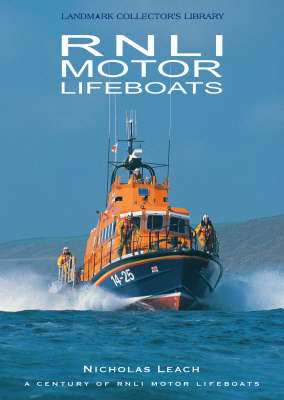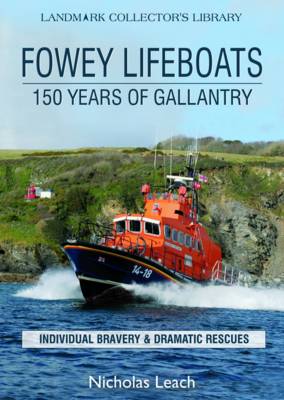Landmark Collector's Library
10 total works
The stunning colour photographs of all of the lighthouses in the country are the highlight of the book, but the historical introduction, which sets the scene, provides the background to how aids to navigation developed along the coasts of Northumberland, Durham, Yorkshire and Humberside. Some of the most famous lighthouses in the British Isles stand on this coast, from the offshore stations at Longstone and Inner Farne, to the magnificent Flamborough Head and the historic Spurn Point, which is now no longer operational. Many are maintained and operated by Trinity House, which has assisted the authors with the production of this book. At the other end of the scale are the smaller harbour lights marking the entrances to the country's ports, and which are often impressive structures in their own right. The towers helping seafarers into the ports of Newcastle and Sunderland are amongst the more significant such structures.
The celebrations marking the 150th anniversary of the station's founding took place in September 2008 and this new publication provides an up-to-date history of the station with comprehensive details of all the lifeboats that have seen service over the past century and a half, descriptions of all the famous rescues and recounts the volunteer crews' bravery and courage.






